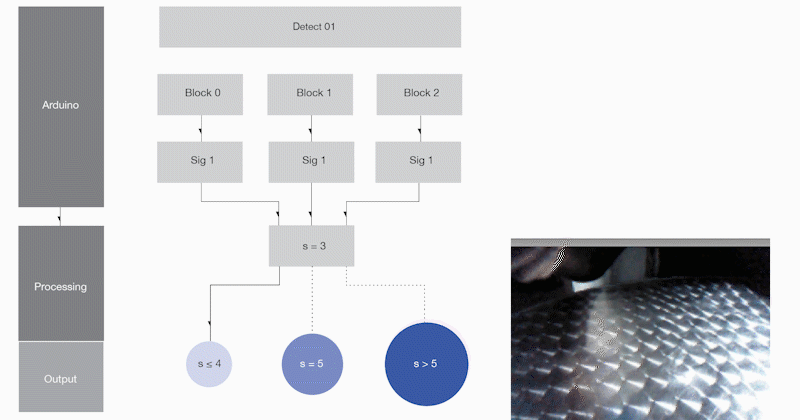top of page

NUTRI
In Andrew Stanton’s 2008 film, Wall-e, embarks on a depiction of humans whose adoption of automation is at the detriment of their physical health; resulting in a lethargic and obese population.
Today, more than 68% of Americans are considered overweight or obese (body mass index greater than 25), according to the Center for Disease Control and Prevention. The Archives of Internal Medicine have shown that the Western diet (consisting of red meat, fatty foods, cholesterol, salt, sugar, and lacking sufficient whole grains, fruits, vegetables, and dietary fiber) increases risk of coronary heart disease, diabetes and additional ailments.
Among many contributing factors to high obesity rates, increased portion size, the lack of balanced nutrients, and an increase in caloric intake negatively effect the average American diet. In constrast to the many diet programs that exist, I looked to provide a way to gain an alternative outlook on one’s nutritional intake.

Programming (Arduino/Processing), Woodworking, Prototyping, Concept Design

Through a series of sketches, and early prototypes, I identified a method of passively logging one’s meals through a computer vision camera. I looked at different housing units such as a light fixture, bowl,
place mat and utensils. Though many of those explorations, such as an overhead light fixture are promising, I chose to prototype a plant vase due to the natural and emotional presence it can provide.

As an early prototype, I trained a Pixy2 camera to identify specific foods based on color. The output from the camera provides the number of signatures (trained items) it detects. Using Arduino and Processing, I programmed the quantity of the detected signature to dictate the scale of an ellipse, which represents one’s portion size.
To refine the ouput, the scale of the ellipse would be dictated by the surface area of the signature, opposed to simply the quantity of signature. In addition, a system as this, can expand to identify the caloric and nutritional intake, providing real-time and long-term insight into one’s nutritional habits. Below showcases the architecture of the general process and the output.




The presence of a plant within a space has been shown to reduce stress among other benefits. I chose a dark wood for the vase to induce a sense of calm and a non-threatening presence.
In addition to prototyping the visualization of portion size, I explored non-digital, physical feedback for the quality of one’s nutritional intake. The wilting and erecting of the plant’s leaves could provide feedback as to the quality of one’s nutritional intake.

bottom of page

























